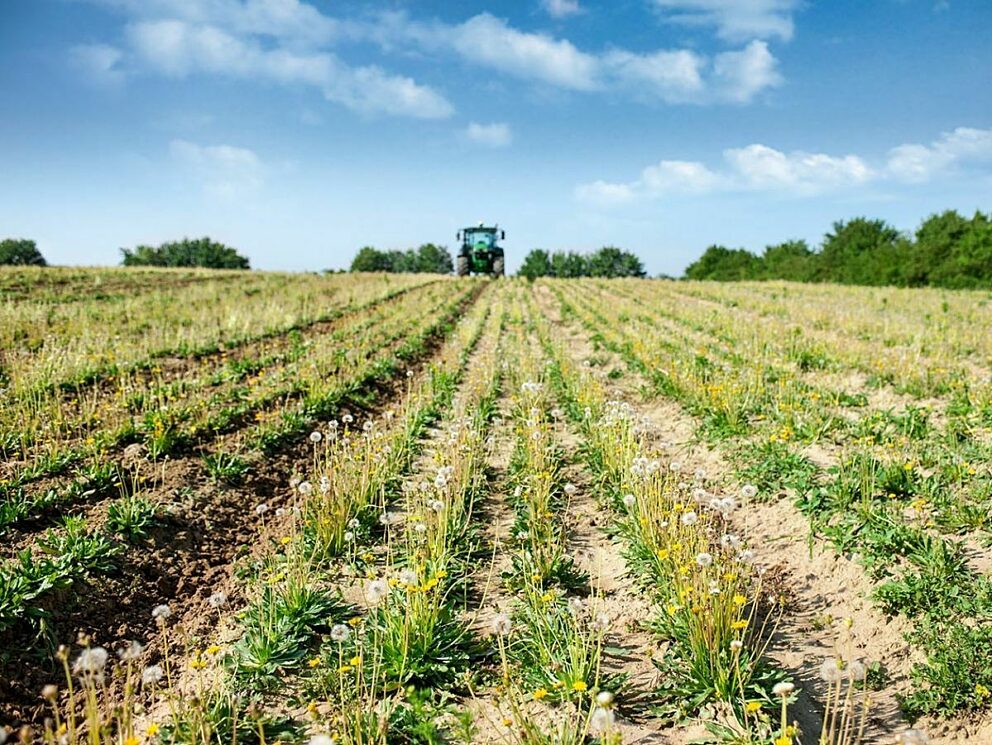Dandelion rubber

The idea is not really new. In fact, it is almost 100 years old and dates back to a time when there was no synthetic rubber. Back then, Stalin tasked Russian botanists with finding a plant that also produced rubber. In what is now Kazakhstan, in the Tian Shan Mountains, the researchers finally found the Russian dandelion. The plant looks quite similar to the dandelion native here, but produces much larger amounts of rubber in its roots.
So far, there is a lot to be said for growing Russian dandelion (Taraxacum koksaghyz) in our latitudes as well. “Unlike the rubber tree, Russian dandelion copes excellently with the conditions of our temperate climate, contains appreciable amounts of rubber in its milky sap, requires no additional fertilization, and is ready for harvesting within a year after sowing,” says Katja Thiele of the Julius Kühn Institute.
The JKI is researching the economic potential of the Russian dandelion in a collaboration with Continental Reifen Deutschland GmbH and the Fraunhofer Institute for Molecular Biology and Applied Ecology. They have already developed tires made from dandelion rubber in the Taraxagum Lab in Anklam. They have also been nominated for the German Future Prize in 2021.
In 2012, the researchers already held the first grams of the brown dandelion rubber in their hands, in 2014 the first prototypes of a passenger car tire were produced in Aachen, and in 2016 the first truck tire with treads made of dandelion rubber. The new tires have passed extensive road and bench tests. The dandelion rubber has the same quality and can replace the previous natural rubber from the rubber trees in the tropics one-to-one. This has led to a high-pressure switch in production. In 2018, the company introduced tires with rubber from regional cultivation for the first time.

Because of their high mechanical load, car tires today are high-performance tires. They must be elastic, resistant to traction and flexible at low temperatures. Requirements that until now only natural rubber has met. In order to produce its 150 million tires per year, the world’s fourth-largest tire manufacturer, Continental AG in Hanover, Germany, needs many millions of tons of natural rubber every year. And one ton of natural rubber requires one hectare of cultivated land.
At present, rubber is obtained exclusively from the sap of the rubber tree. The sap, also called latex, contains 25 to 30 percent rubber. Ten years after planting, the tree can be harvested for the first time. Rubber trees only grow in the tropics or subtropics, where valuable rainforests are being turned into monocultures because the West has cheap plant-based raw materials such as palm oil, soy or rubber produced there. This not only means that a painful decline in biodiversity is being accepted, since 50 percent of all known species are at home in these primeval forests. Current climate change is also being fueled by the clearing of virgin forests, so there are numerous arguments in favor of supplementing rubber production in the long term with the help of the weed dandelion. In the future, the yield per hectare could well keep pace with rubber tree plantations in the tropics and subtropics.